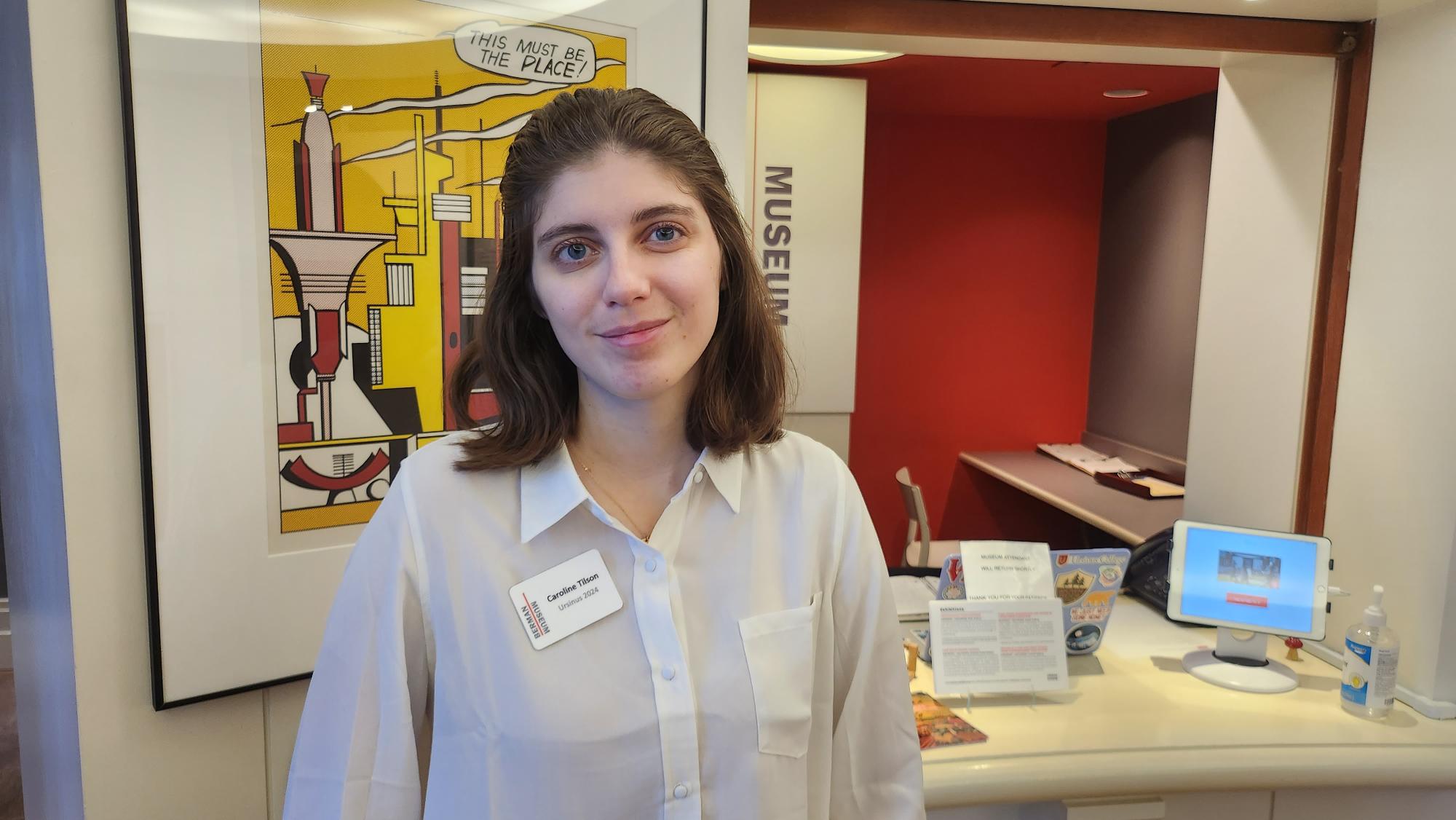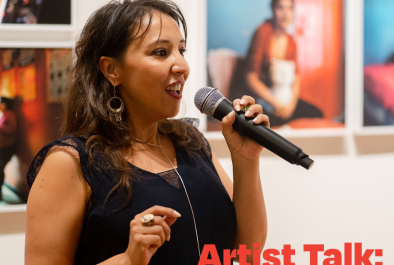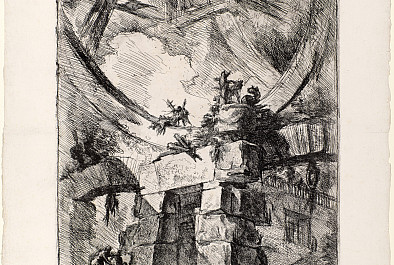
Students Research with Artist for Upcoming Exhibition
Caroline Tilson ’24 dives into her role on Adriane Colburn’s research team for Paths of Extraction, a spring exhibition opening February 8.
Every year, the Berman Museum of Art invites an artist-in-residence to design and install an exhibition specific to its gallery space. The program adopts the Pfeiffer Wing as a laboratory space, where students collaborate with professional artists to develop a site-specific exhibition. They work side-by-side with the artist on the conceptual development in the fall, and they’re hands-on during the installation in January.
Adriane Colburn is this year’s artist-in-residence. She’s currently on the faculty of Bard College’s Studio Arts department, and her recent work investigates the complex relationships between human infrastructure, technology, and the natural world. Her exhibition, Paths of Extraction, opens on February 8, 2024.
Caroline Tilson ’24 (she/her) is a museum assistant at the Berman and a history major in her final year at Ursinus College. She looks forward to continuing museum work after graduation, especially in visitor services and education. She joined Colburn’s team in October and has enjoyed every step of the research process thus far.
Here’s what Caroline shared with us about the exhibition:
What was it about this opportunity that captured your interest?
I was thrilled to work with Adriane Colburn and the research team because of the special nature of the exhibition. Paths of Extraction will last a year, and it’ll be in the Pfieffer Wing, visible from outside the museum. The opportunity to contribute to an exhibition space like this as an undergraduate is so unique and exhilarating!
Adriane Colburn’s works are an excellent source of inspiration and interest. PERMIAN and WOODWORK are fascinating depictions of transportation and geography in line with the movement of raw materials. The opportunity to help her research Pennsylvania materials was one I couldn’t turn down.
What are you researching for this project?
I am researching Pennsylvania stone extraction, especially highlighting the stone types that go into construction. Stone is a fascinating extracted material because of its relationship to human creation. Just by moving stone from one place to another, an act of creation has occurred. At this stage, the guiding research questions explore the context of quarries past and present, the fate of the stone extracted there, and the impact of removing this stone from the earth.
How is this research experience different from a traditional class or independent study?
This research project is different in many ways from a typical research setting. The information I need to gather is in service of the art, and answering the research questions with this in mind is an entirely new challenge.
I enjoy using my historical research skills for a different subject than my usual academic topics. I get to dig into the local history of Pennsylvania, but I’m looking at it through the lens of this specific industry. I’m also able to rely on the help of Ursinus professors from various science departments as I navigate geological surveys and records. The project is, in many ways, more collaborative than any I’ve done before.
How will this research translate into an art exhibition?
Audiences can expect a new dialogue about the relationship between extracted materials and the human collective. Stone is just one of many materials that this local area utilizes. There will be a great chance to reflect on the value of these materials to the lives of both the visitors and the world at large.
I hope that the research team’s work reflects the extraction journey in a way that incites fascination with the power of the smallest of the smallest of materials. I hope that the work we do now is clear in its final, artistic form.
Do you consider yourself an artist? How do you feel about participating in the installation process?
I’m not an artist myself, but I do enjoy witnessing all the work that goes into creating an exhibit on this scale. This will be a brand-new opportunity for me, and I think it’ll prove an incredible learning experience! I’m excited to see how Colburn’s work interacts with the gallery space.




